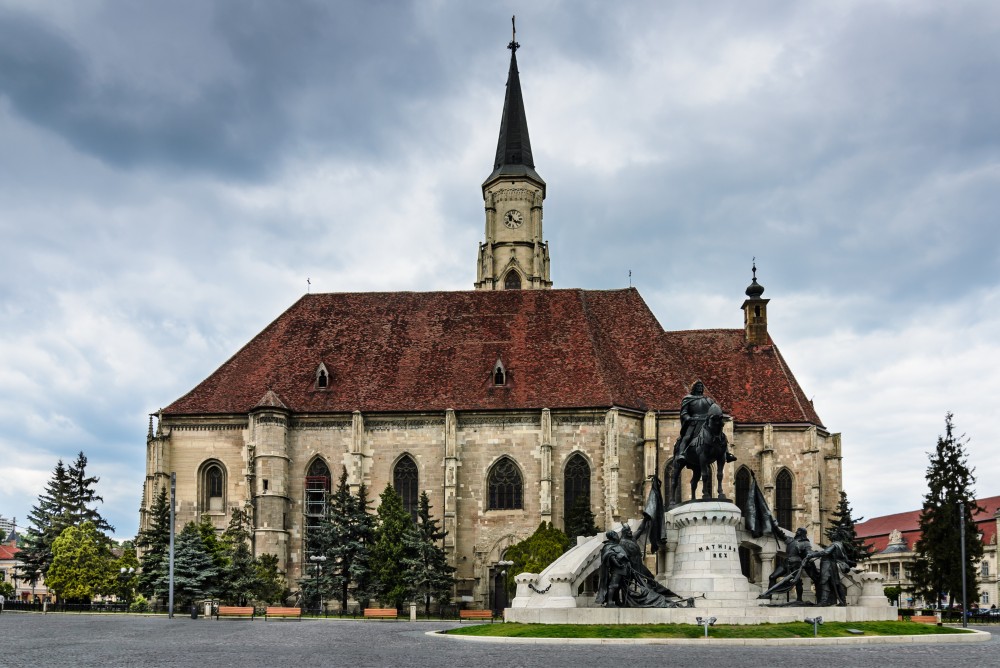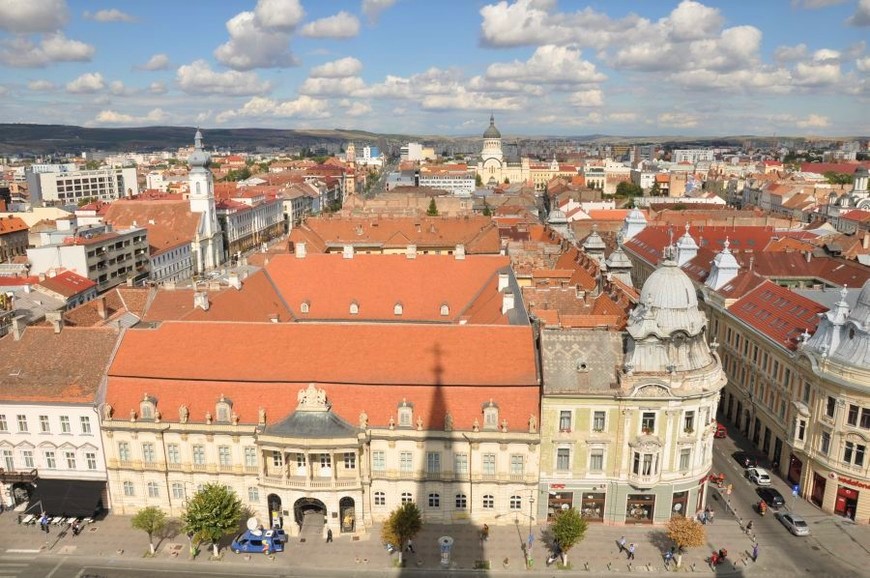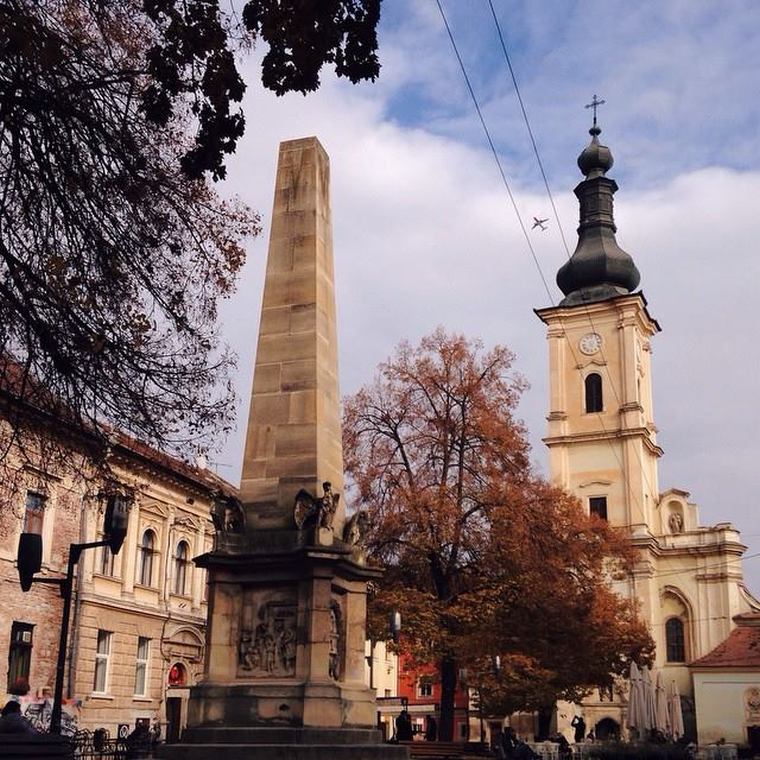Cluj-Napoca
CitiesRomanians call it simply Cluj, expressing their endearment for a city that has grown to become the administrative and cultural capital of Transylvania, as well as a reputed academic center.
The town was mentioned for the first time in 108 in the milia from Aiton and received its town status in 1316. Cluj is, along with Bistrita, Sibiu, Brasov, Sebes, Medias, and Sighisoara, one of the seven medieval Saxon cities that gave the German name of Transylvania—Siebenburgen, which means Seven Castles.
What to see in Cluj:
If you find yourself in Cluj, we recommend walking on the medieval-like streets leading to the Gothic Cathedral of St. Michael’s, with its impressive spire towering 80 meters above. And if you’re interested in museums, make sure you don't miss the National History Museum of Transylvania and the Ethnographic Museum.
In the areas surrounding Cluj, you will find the most beautiful palaces, castles, and churches in Romania: Banffy Palace, Calvary Church, Matei Corvin House, St. Michael's Church, the Franciscan Church, the Reformed Church, Berde Palace, Palace Jósika, Palace Széki Toldalagi-Korda Palace, Palace Wass.
St. Michael Church
The church, built in Gothic style at the end of the 14th century, is one of the tallest in Romania. The tower, built in 1862, is the newest part of the church. The oldest part is the altar, built in 1390. The church is easily accessible from Union Square and impresses through its beautiful gothic allure.

Banffy Palace
The palace, built between 1774 and 1775, symbolizes the baroque style in Transylvania. It was erected for the governor Banffy Gyorgy, and from 1951, it hosted the National Museum of Arts Cluj Napoca.

Photo Source : inyourpocket.com
The Franciscan Church
The church was built in the 15th century and is one of the oldest buildings in the city. To the church was annexed a monastery, by Prince John of Hunedoara. The church and tower were restored in 1728 in a Baroque Style.

Photo Source : Cluj.com
Saints Peter and Paul Church
The church was built between 1844 and 1846 in a neo-Gothic style. It has a high tower in front of the nave and beautiful neo-Gothic architecture inside, such as the pulpit and the main altar.
The Fortress Hill
The Vauban-style fortress, built by Austrians in the 18th century, is situated on a hill at 405m height. The fortress had administrative buildings, such as a garrison and armory, and sometimes, it functioned as a prison. Today, the remains of the outside walls and buildings can be seen.
Museums
The National History Museum of Transylvania
The museum is located in the Petrichevich-Horvath Daniel House and presents historical and archaeological permanent and temporary exhibitions. It can display up to 400,000 items of antiques, paintings, medieval and modern ceramics, and rare and valuable cultural possessions.
The Art Museum of Cluj-Napoca
The museum operates in the Banffy Palace and has currently over 12,000 paintings, decorative pieces, sculptures, and graphic arts.
Ethnographic Museum of Transylvania
The museum has two major exhibitions and offers a great range that covers the traditional and folk art in Transylvania. The museum has more than 50,000 objects that reflect the rural life, occupations, and habits of people in Transylvania. The open-air exhibition (the Ethnographic Park "Romulus Vuia"), has different collections such as rural workshops, wooden churches, traditional farms, and traditional buildings.
More activities you can find in our blog article 'Things to do in Cluj'.